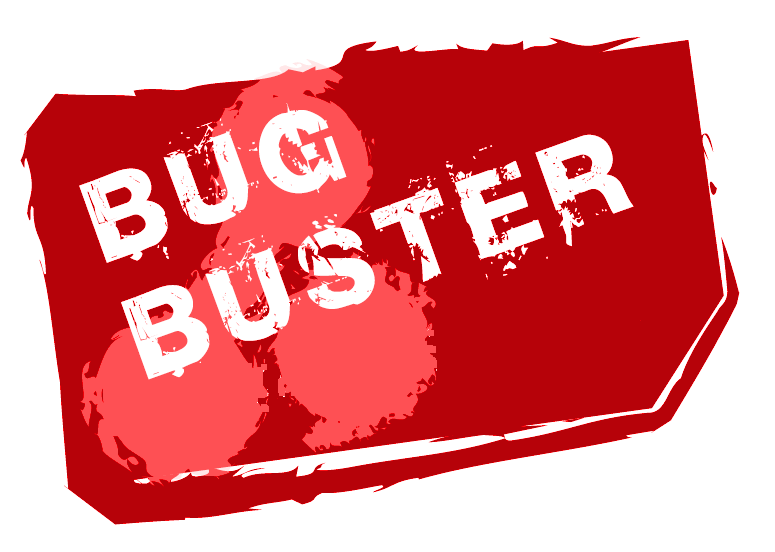Team:Newcastle University/Original Aims
From 2008.igem.org
Newcastle University
GOLD MEDAL WINNER 2008
| Home | Team | Original Aims | Software | Modelling | Proof of Concept Brick | Wet Lab | Conclusions |
|---|
Parallel Evolution
There standard practice in biology today, synthetic or not, is to treat bioinformatics as any other tool to achieve an end. A problem is determined, and the biologist works out a possible avenue of exploration. Sometimes, this involves the use of bioinformatics tools, such as BLAST searches or phenotypic trees. Once the method of exploration is established, the biologist rarely goes back to bioinformatics approaches to analyze her results.
The concept of parallel evolution treats bioinformatics not only as a tool in biology, but as a viable but limited method for exploring a problem. Wet-lab biology is expensive in terms of time, money, and manpower. A single bioinformatician can test the same situation with no equipment other than a computer, and run many iterations of the same experiment within seconds, rather than the weeks that the labs may take.
However, the bioinformatics is only as good as its simulation. The field expands daily with new information, all of which must be incorporated into the simulation in order for it to give useful results. Much of bioinformatics is backed by hard data from wetlabs. Running an experiment 1000 times is only useful if you know what all the variable are, and what they should be.
The most sensible approach to the problem of these different yet complementary methods is to play one off of the other, taking advantage of the strengths while minimizing the limitations.
Drylab Approach
An important part of our approach is bioinformatics. We will produce a workbench that will incorporate a parts repository, constraints repository and an evolutionary algorithm (EA). The EA will take input from the parts repository and constraints repository to evolve a neural network simulation. The fittest model will be used to generate a DNA sequence which will implement the neural network in vivo. This DNA sequence will be synthesized and cloned into the B. subtilis chassis. One of our outcomes will be a range of neural network node BioBrick devices which can be combined to form the in vivo neural network.
Wetlab Approach
Newcastle’s 2008 iGEM team is aiming to transform plasmids grown in Escherichia coli into Bacillis subtilis (a gram-positive bacterium), with the aim of integrating this stably into the B. subtilis chromosomal DNA. By doing this, we hope to create an organism with the ability to detect a range of extracellularly secreted quorum-sensing peptides, and indicate through reporter genes linked to the receptor-ligand cascade which of these are in its growth medium.
 "
"

